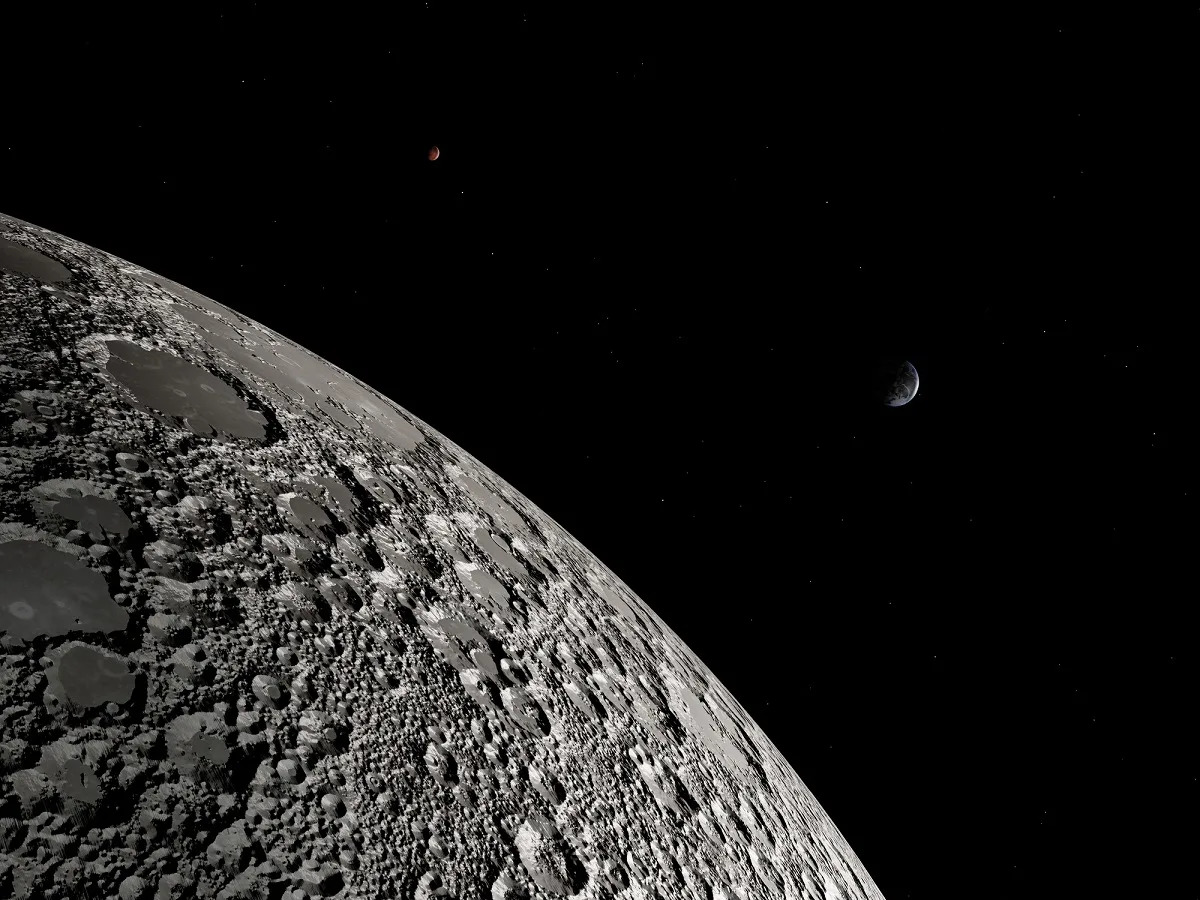Noor Al-Sibai
Thu, November 23, 2023

In early 2022, a piece of Chinese space junk hit the Moon and left a mysterious double pockmark on its surface — and, as it turns out, there's more to this story than meets the eye.
In a new paper published in the Planetary Science Journal, researchers from the University of Arizona explained that per their findings, there's little doubt that the object that hit the moon in March 2022 was debris from a Chinese Long March 3C rocket booster, and that the strange double crater it left suggests that it carried an undisclosed payload along with it.
This specific lunar collision, to be fair, has been mired in speculation since before it even happened.
As Space.com recounts in its own write-up of the research, the debacle began in 2015 when scientists noticed that some manner of space junk was on a collision course with the Moon. Astronomers initially believed it was a SpaceX Falcon 9 booster, but eventually, scientists figured out that it was the launcher for China's Chang'e lunar rover mission, which had been launched a year prior.
Though China denied that the craft was part of a Chinese mission, the US Space Command pushed back on that assertion, saying that the probe's spent upper stage never re-entered our atmosphere, which would mean it was out there floating somewhere near-ish to our planet (or, as it turns out, our Moon).
Not only did the latest study find with a high degree of confidence that the debris that hit the Moon in March 2022 was almost certainly from the Long March 3C rocket, but the researchers also concluded that the strange double crater it left behind indicates that it was carrying something else.
However, what that second object could be is still a matter of guesswork, it seems.
Specifically, the researchers' observations of the Chinese rocket suggested that there was something heavy attached to it that made it tumble in space before its crash landing — which isn't how these kinds of objects would normally act in these situations.
"Something that's been in space as long as this is subjected to forces from the Earth's and the Moon's gravity and the light from the Sun," UA aerospace doctoral student Tanner Campbell said in a school press release about the research. "So you would expect it to wobble a little bit, particularly when you consider that the rocket body is a big empty shell with a heavy engine on one side. But this was just tumbling end-over-end, in a very stable way."
Whatever was attached to the obliterated rocket, it seems to have been big enough to counterbalance its two 1,200-pound engines and make it tumble like a kid in gymnastics class. But after looking at the booster's known payloads, the AU team determined an object of a suitable mass was mysteriously missing from the list.
"Obviously, we have no idea what it might have been — perhaps some extra support structure, or additional instrumentation, or something else," Campbell said. "We probably won't ever know."
No comments:
Post a Comment